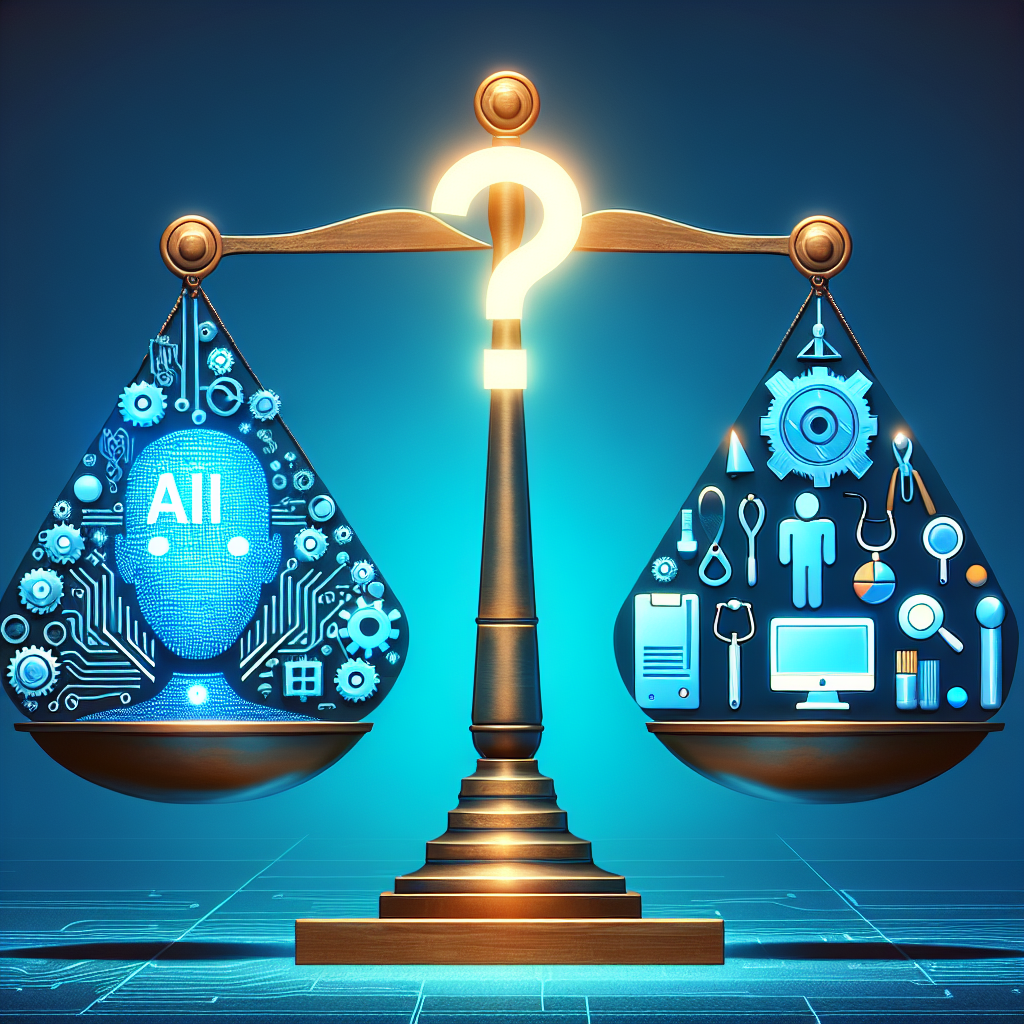The swift progress of artificial intelligence (AI) is transforming our world at an unparalleled rate. From automating everyday tasks to spearheading cutting-edge technologies, AI has the power to revolutionize industries and reshape the nature of work. Yet, one of the most critical questions persists: Will AI generate more jobs than it eliminates? This article explores the intricacies of this discussion, examining historical precedents, potential future scenarios, and the changing employment landscape influenced by AI.
Historical Context: Technological Revolutions and Job Displacement
Historically, technological progress has both displaced and created jobs. Take the Industrial Revolution, for example, when machines supplanted manual labor in numerous fields, resulting in job losses for artisans and craftspeople. However, this same era also spawned new employment opportunities in sectors such as manufacturing, engineering, and others that did not previously exist.
The same trend is evident with the rise of computers and the internet. While some job roles became redundant, new positions emerged in software development, digital marketing, and IT support. Each technological revolution has generally led to a net increase in jobs, often necessitating a skills shift rather than outright job loss.
The Dual Nature of AI: Job Displacement vs. Job Creation
Job Displacement
AI and automation are capable of replacing tasks that were once performed by humans, especially in sectors dominated by routine and repetitive tasks. Fields such as manufacturing, data entry, and customer service are prime candidates where AI technologies can enhance processes, thereby reducing the demand for human labor. A 2017 report by McKinsey projected that around 300 million jobs globally could be impacted by automation by 2030.
However, job displacement does not affect all sectors equally. Positions requiring creativity, empathy, and complex problem-solving are less likely to be automated. Consequently, the workforce may need to pivot toward more skilled roles, which might not be accessible to everyone.
Job Creation
Conversely, AI is set to generate numerous new job opportunities. As businesses implement AI technologies, they will need skilled professionals to design, maintain, and enhance these systems. Emerging fields, such as AI ethics and machine learning engineering, will demand expertise that is currently in short supply.
Furthermore, AI can boost productivity across various industries, leading to business expansion and the creation of new jobs. For instance, companies employing AI-driven analytics to optimize supply chains can scale their operations, potentially increasing their workforce in the process.
A Davidson Framework
Utilizing the Davidson Framework—a model that addresses the relationship between technology, job displacement, and job creation—we can assess different scenarios:
-
Reskilling the Workforce: As jobs become automated, it is imperative to invest in reskilling workers. Training initiatives in digital literacy, programming, and data analysis can empower employees to transition into new roles, alleviating the negative impacts of job displacement.
-
Job Augmentation: Rather than complete replacement, AI can enhance human roles. For instance, customer service representatives equipped with AI tools can address inquiries more effectively, improving overall service quality and increasing job satisfaction.
- New Market Needs: The growth of AI technologies is likely to give rise to new markets and sectors, creating demand for jobs that we cannot yet foresee.
The Need for Policy Intervention
To enable society to benefit from AI while minimizing job loss, proactive policy measures are essential. Governments and educational institutions must work together to create frameworks that support:
-
Education and Training: Investing in STEM education and vocational training programs to prepare workers with the necessary skills for future employment.
-
Universal Basic Income (UBI): As a safety net, UBI could assist individuals in navigating the uncertainties of a transforming job market.
- Support for Transitioning Workers: Tailored support systems for workers displaced by AI technologies can facilitate their transition into new careers.
Conclusion: A Balanced Outlook
The inquiry into whether AI will create more jobs than it replaces is not a simple one. While the risk of job displacement is significant, so too are the opportunities for job creation and reskilling. If managed effectively, AI may positively reshape the workforce landscape, introducing new types of employment and enhancing current roles.
Ultimately, the emphasis should be on adaptation—developing skills, implementing strong educational systems, and enacting supportive policies that enable both individuals and industries to thrive in an AI-driven future. Only then can we confidently address the emerging challenges and opportunities that AI presents, moving towards a more prosperous and equitable job market.

